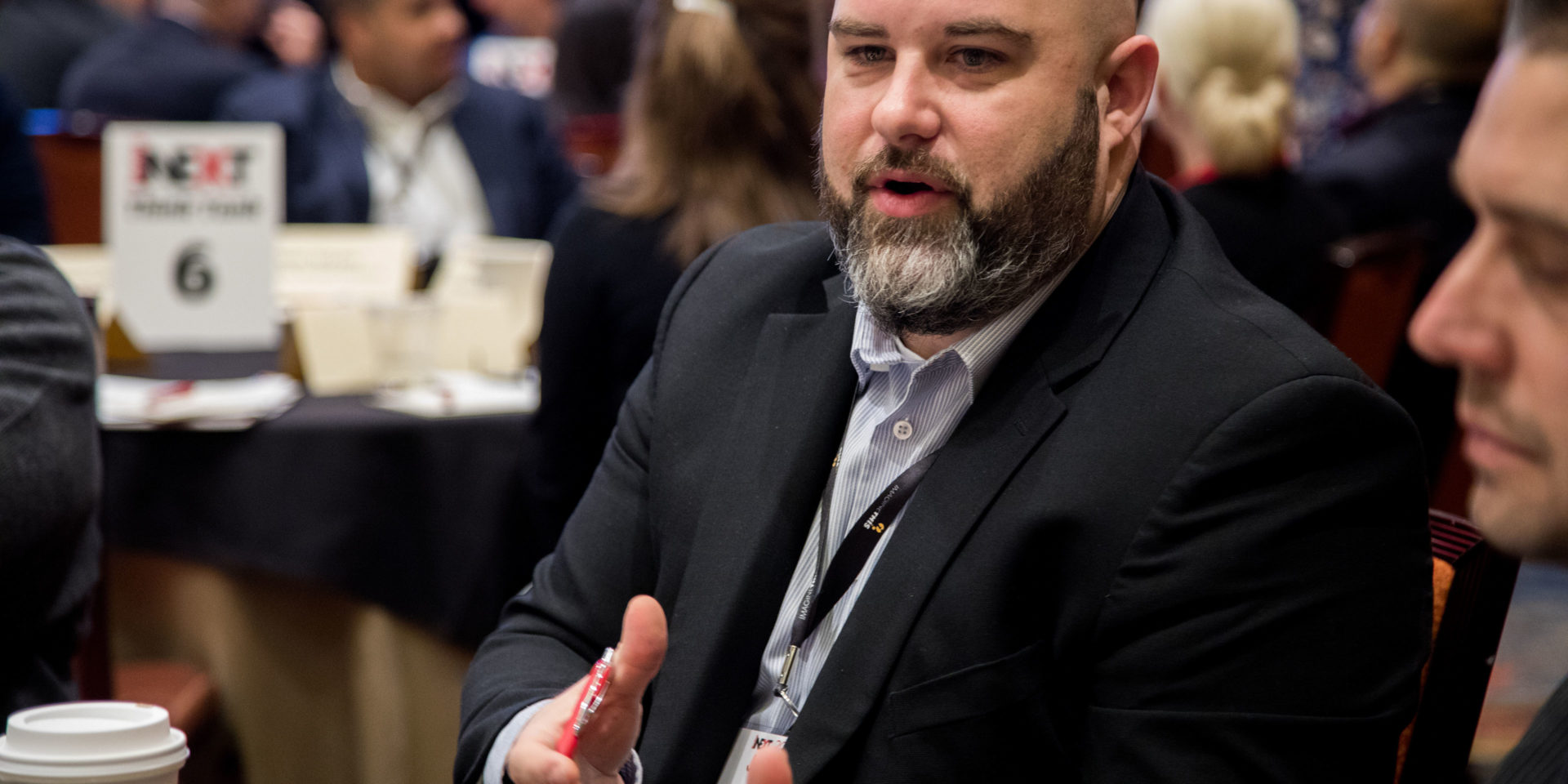
Your options for social gaming at your casino
There are generally two schools of thought when it comes to onboarding a social casino at your property: a) Create a standalone revenue center; b) Integrate with your players club and utilize as a marketing tool.
Brick and mortar gaming operations have to make the distinction early in the process in order to set clear goals for the product after launch. A property launching a standalone revenue center may have the budget to support advertising, marketing, and hiring a dedicated team of employees. While properties integrating the platform as a marketing tool into their players club may allocate the work to their marketing team and integrate the platform into their marketing structure.
Casino properties have an advantage in that they should have an existing database full of casino gamers. There are people in your existing database who are actively engaging in social gaming, an estimated $4 billion industry. These players will have the opportunity to interact with your brand while they’re onsite, in their hotel room, or sitting on their couch at home. Some of the games in the platform may also be available on your gaming floor, or perhaps the platform is loaded with entirely different games. There have been incredible advancements in the social gaming space with technology, new integrations to player loyalty systems, and superior mobile apps and social gaming platforms.
The standalone revenue center would be managed and evaluated in the same way as any other amenity at the property, like a new restaurant or gift shop. The team responsible would have their operating budget and a team to get the job done. One benefit is that they may be more agile and creative when it comes to new user acquisition taking place outside the existing player database. You may even decide to hire game designers and create your own games that directly reflect your property or brand.
By evaluating your options and answering the questions below, you’ll be equipped to determine the best strategy for your property. Then you can set realistic benchmarks for operating the social gaming platform.
Consider the following questions:
- What are your organizational goals for the new platform?
- What internal resources do you have to manage and operate the platform?
- Are you looking to enhance your loyalty program and provide existing players a new way to interact with your brand?
- Are you trying to reach a new demographic of players outside your current database?
- What is your monthly budget for advertising/ marketing the social gaming platform?
- What will your vendor provide in terms of support and marketing?
- How will you measure the success of the social gaming platform?
In my role at Swinomish Casino & Lodge, we evaluated these questions and determined that the best course of action was to launch the platform as an integrated marketing tool. Then we began to work on strategizing the roll-out to our players. Our first approach was to heavily promote within the organization. We set up demonstrations of the platform for our employees, then empowered them to share information with our guests. We created an acquisition promotion for employees by providing each of them with a unique promotional code for free credits for new users they recruited to the platform.
By the time we rolled out the advertising campaign, we had acquired thousands of new users simply by providing our team members with information. We promoted through our existing marketing channels, allocated an advertising budget to the platform, and dedicated marketing resources for data analysis and user acquisition.
For some properties, the best course of action is going to be the integrated marketing tool approach, but there’s nothing stopping you from turning that into a standalone revenue center down the road. The key is to meticulously evaluate your organizational goals prior to signing the new social gaming deal.







